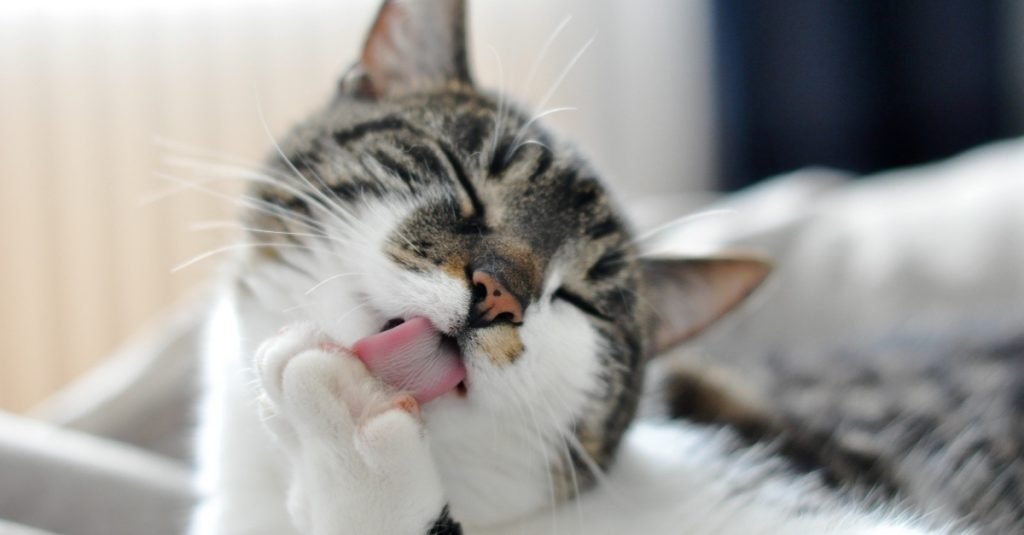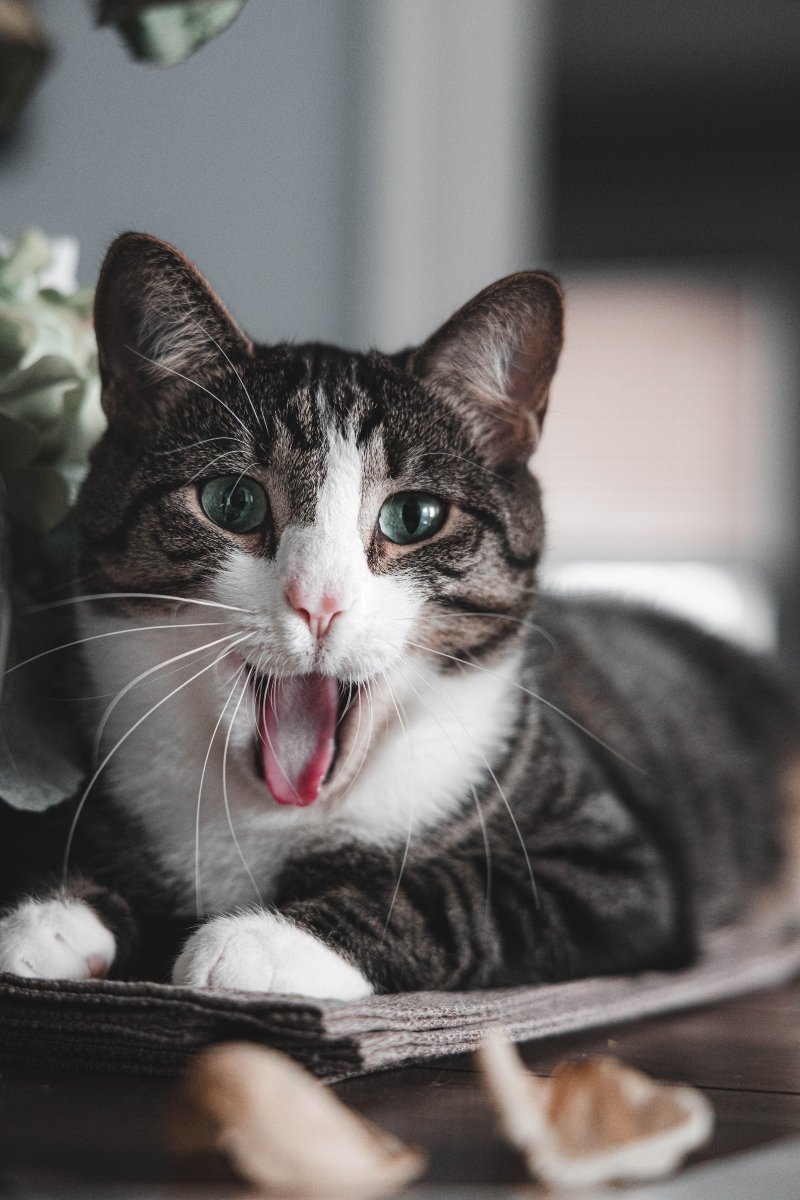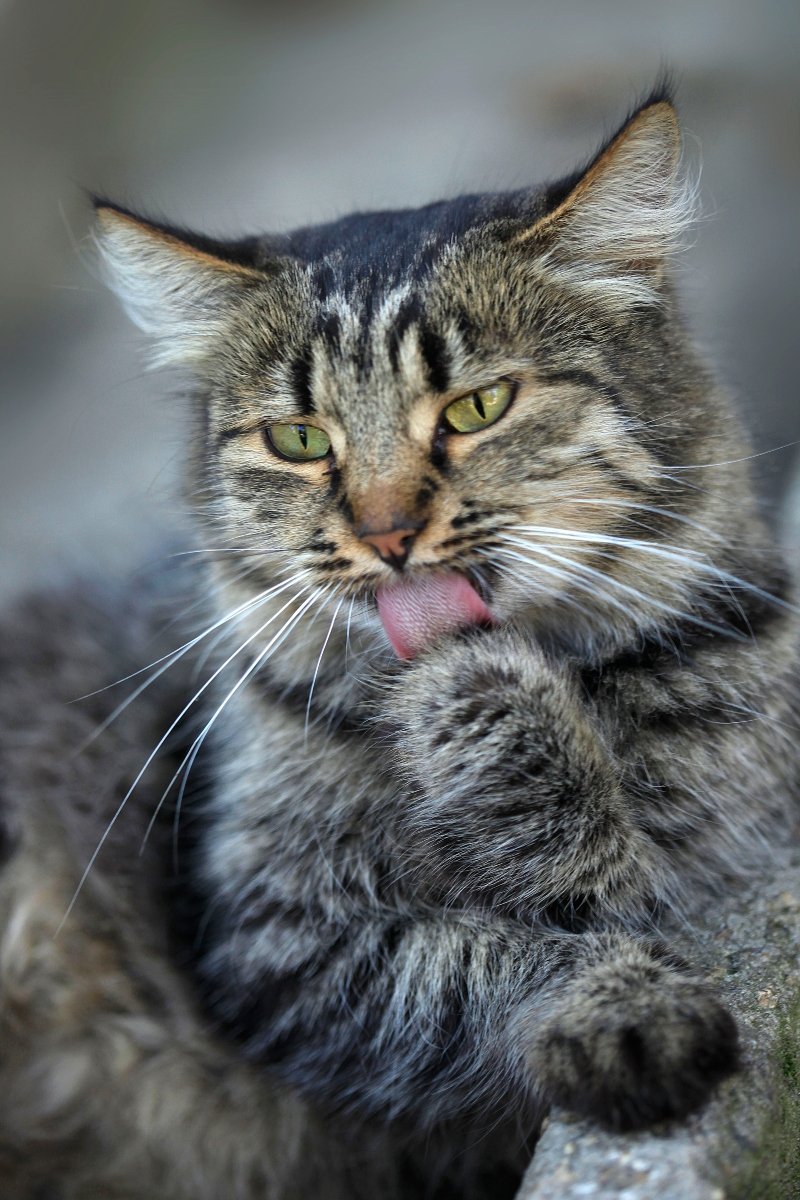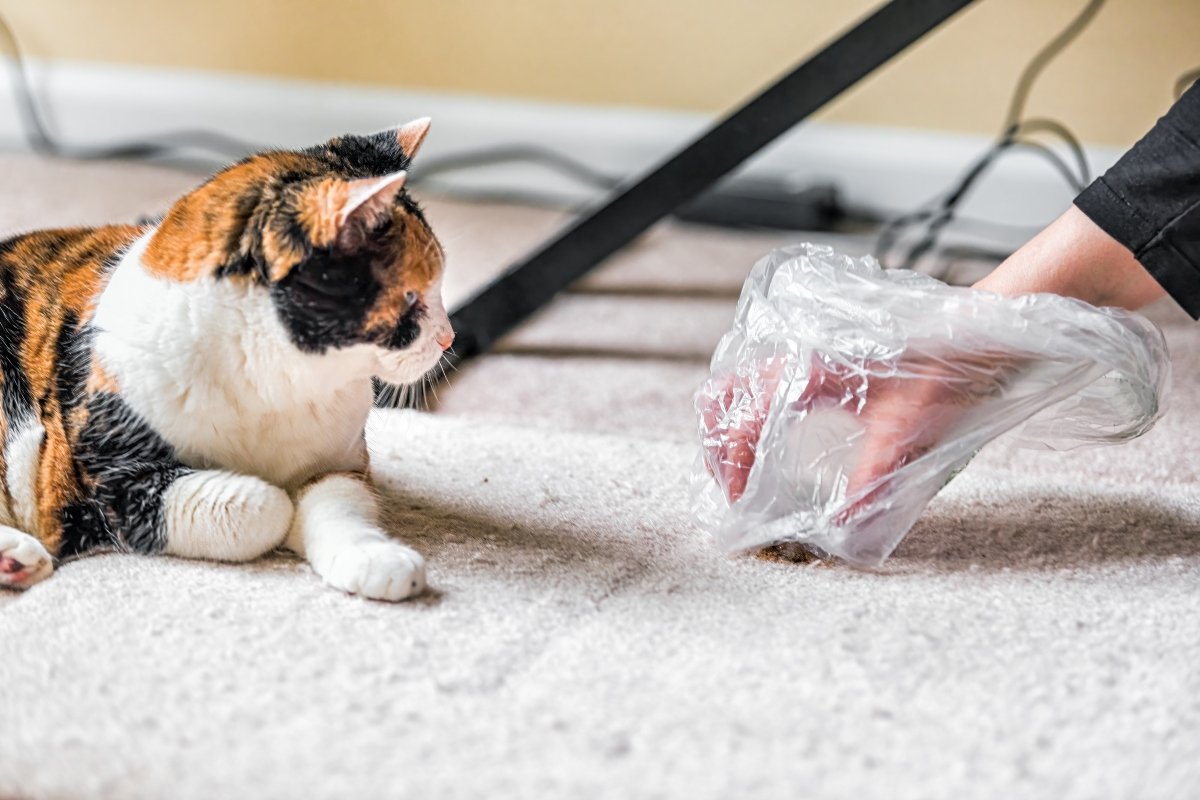Is hairball vomiting normal in cats? What can be done about it?
Published: 2024. 05. 12 • 2 minutes reading

Published: 2024. 05. 12 • 2 minutes reading

Coughing up a hairball is seen by most people as inevitable for cats. But this is not the case!
In our next article, we will briefly discuss what causes hairballs, why they are dangerous and what you can do to help your cat get rid of this nuisance.
 Frequent hairball vomiting is a sign of a problem
Frequent hairball vomiting is a sign of a problem
When grooming, all cats swallow their hair, which they get rid of with their tongue and teeth, but not all of them have problems. It is important to stress that hair, or keratin, is not digestible. So, when large amounts accumulate in the digestive tract, they are compressed instead of being expelled with their faeces. Our tabby friends’ bodies are designed to handle normal amounts of hair efficiently. The frequent formation of hairballs is therefore a sign that something in the system may have gone wrong.
Long-haired cats, those with excessive shedding, and animals suffering from over-grooming are the most common to struggle with hairballs. But the problem can also occur as a result of diseases such as allergies, inflammatory bowel disease (IBD) or internal parasites.

Basically, if your pet rarely coughs up a hairball, there’s nothing wrong. However, if this is happening regularly, i.e., several times a week, even daily, something is definitely wrong with your cat. As the Cornell University School of Veterinary Medicine’s website reads, tangled hairs can pose a serious health hazard if they are too large to pass through the narrow sphincter that leads either from the oesophagus to the stomach or from the stomach to the intestinal tract. It is also problematic if the hairball passes into the small intestine and gets stuck there. This is not common, but it is very serious; it can be fatal without surgery.
A lethargic cat who refuses to eat for more than a day or two, or vomits repeatedly should be seen by a vet immediately. It’s possible that frequent vomiting has nothing to do with hairballs! Instead, another gastrointestinal problem or respiratory disease, such as a sign of asthma
 It’s good for the cat and yourself if you investigate the problem
It’s good for the cat and yourself if you investigate the problem
If your pet coughs up 1-1 hairball once a month or less, there’s no problem. But if it’s more common than that, and the vet has ruled out other possible diseases, so a long coat or a more intense moulting period might be the cause, you can help them at home. But before doing so, do not under any circumstances act on your own, check with your vet!
Special diets are now available that control hairballs with higher fibre content. But there are also gel formulations to treat the problem, or supplements to give your cat more fibre.
If you want to know more about why cats may groom themselves (other than to be clean) read this article.
Follow us!
facebook instagramRelated articles